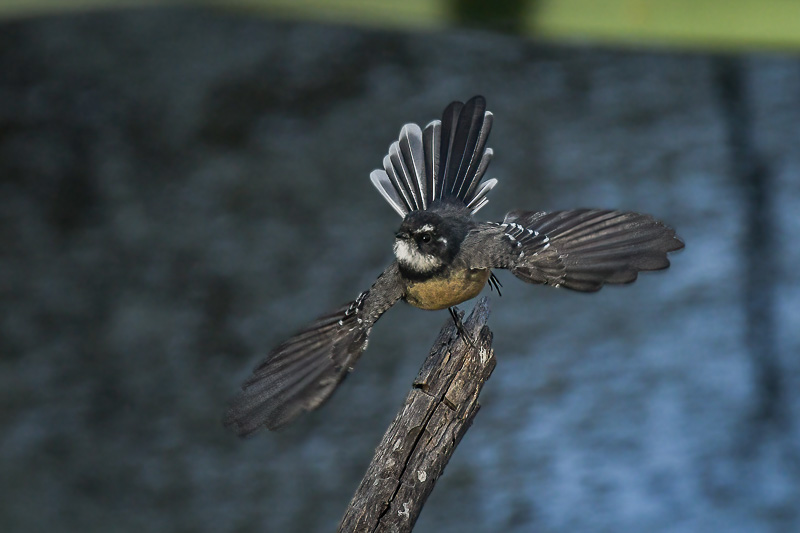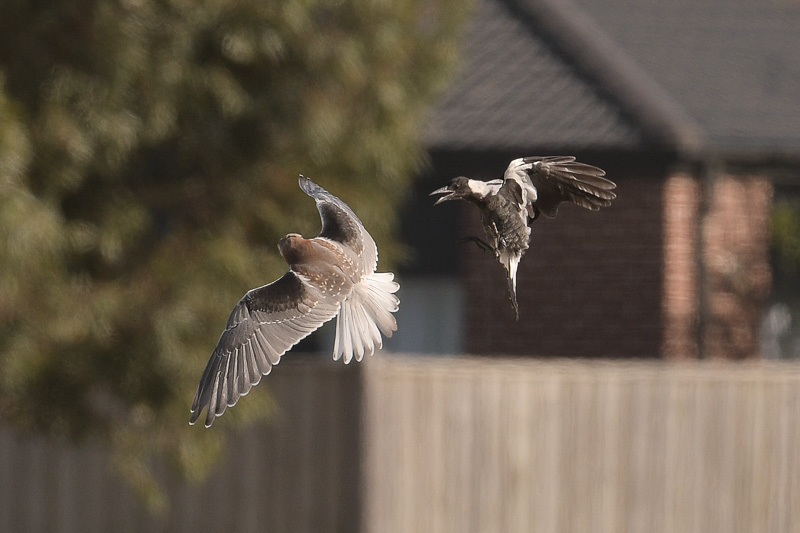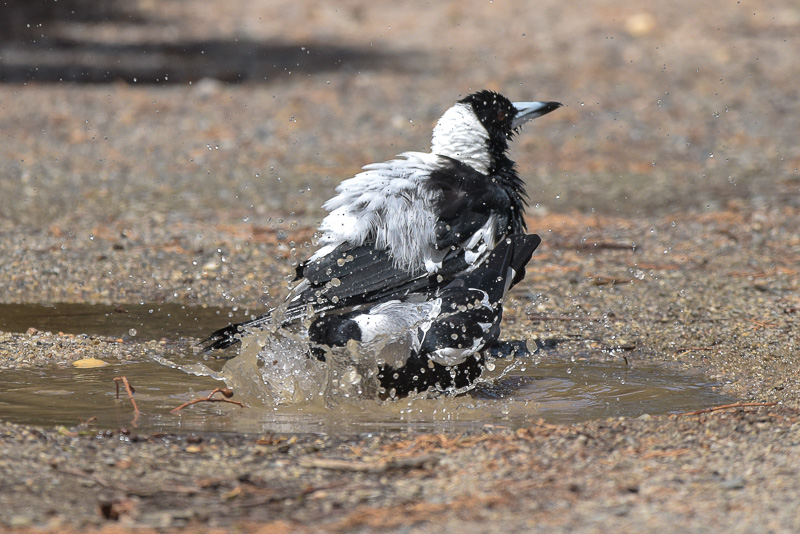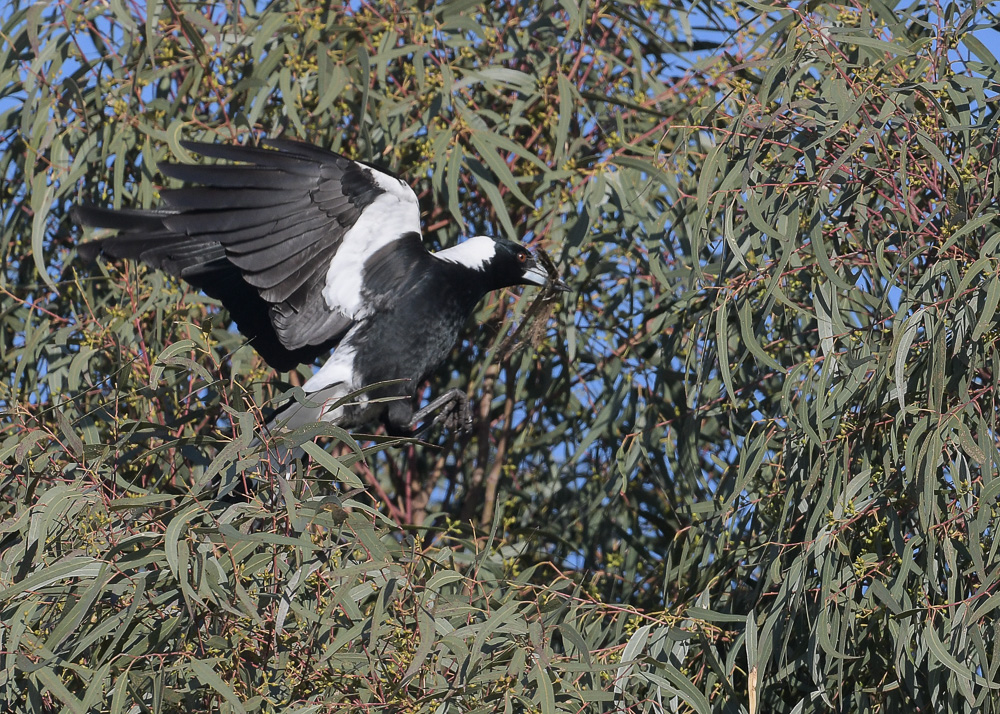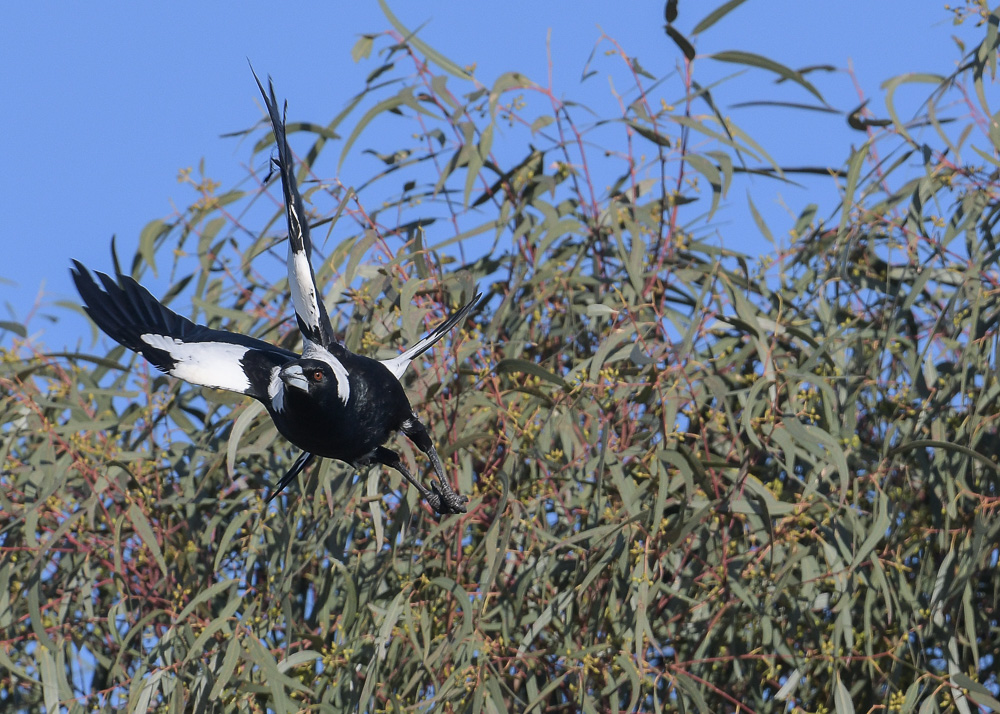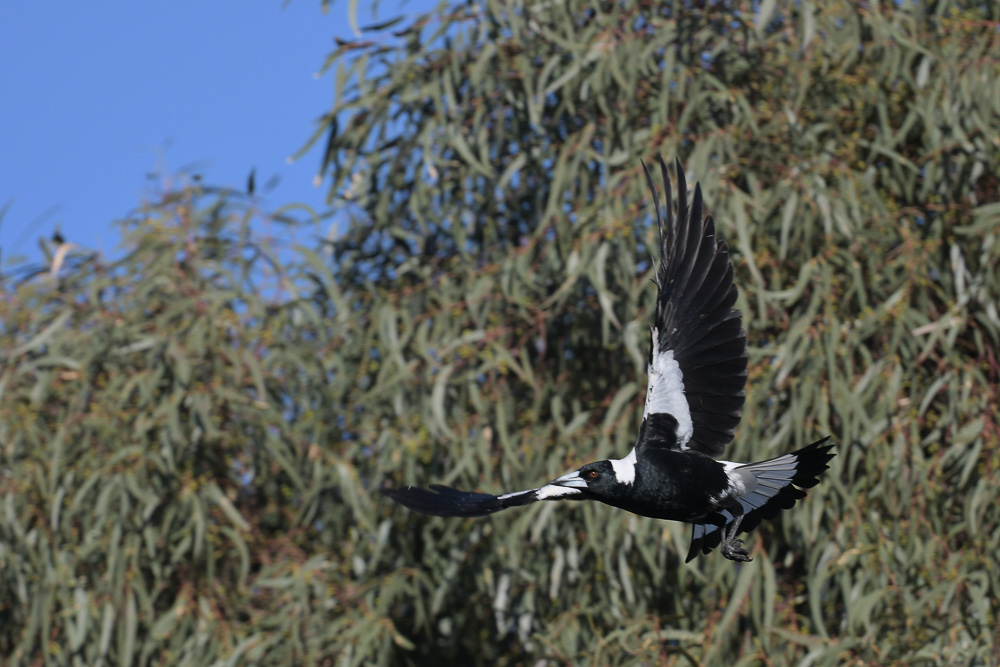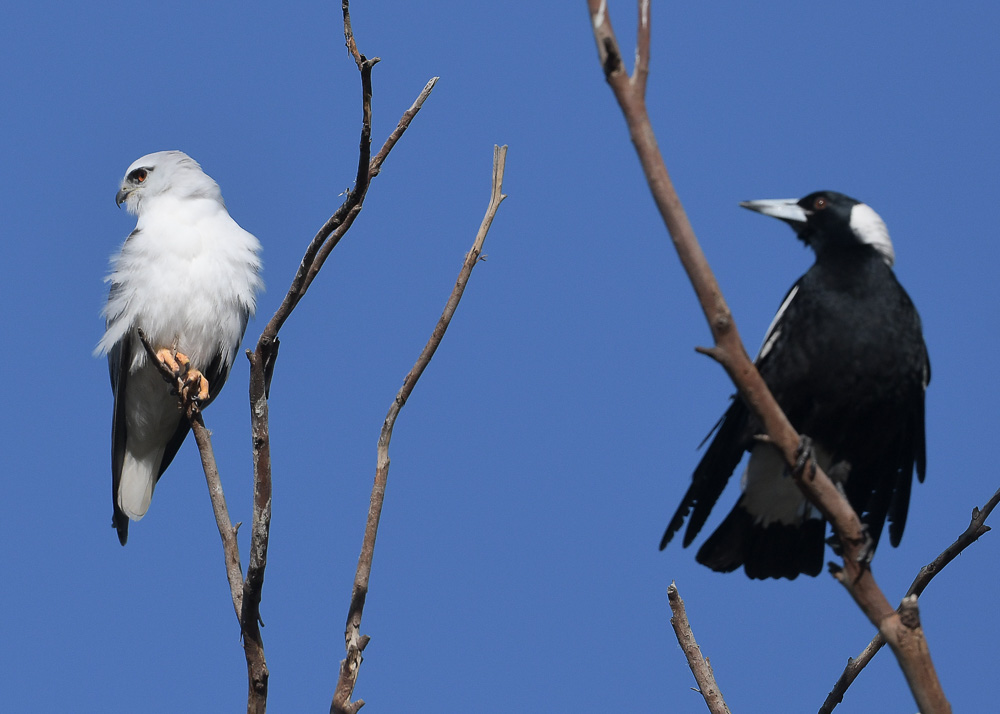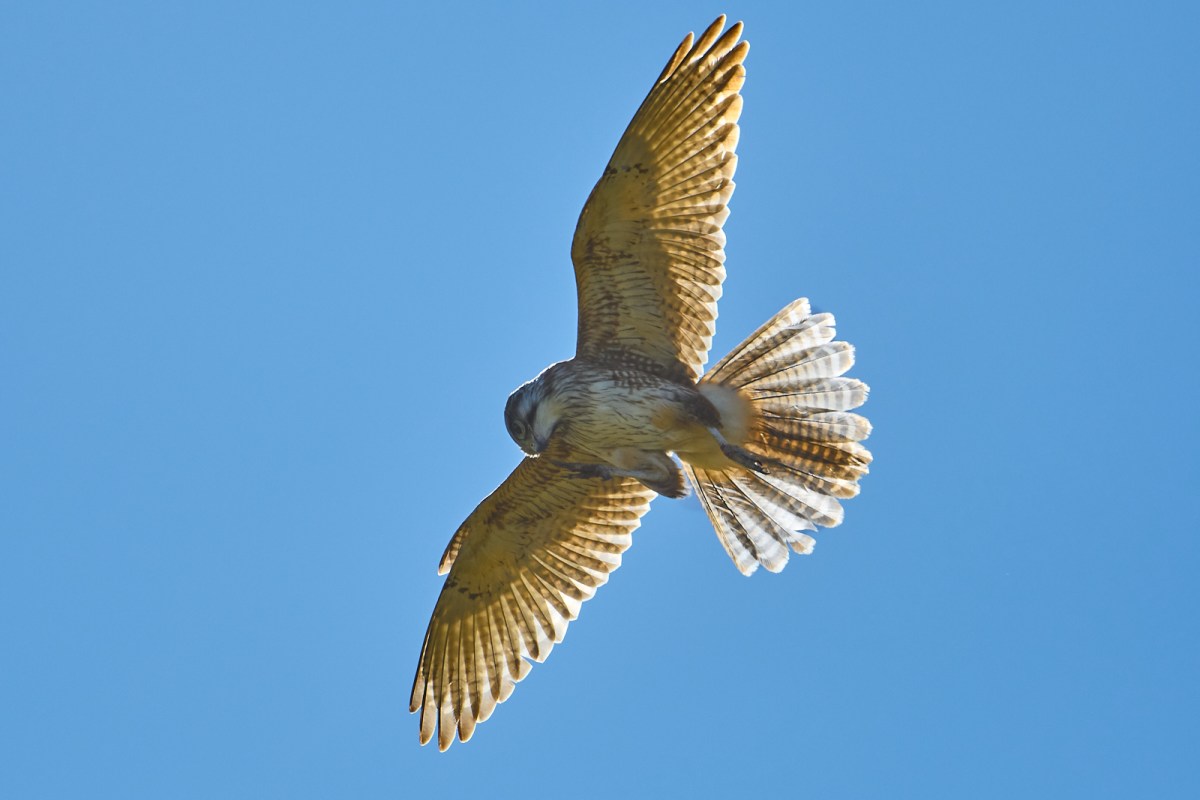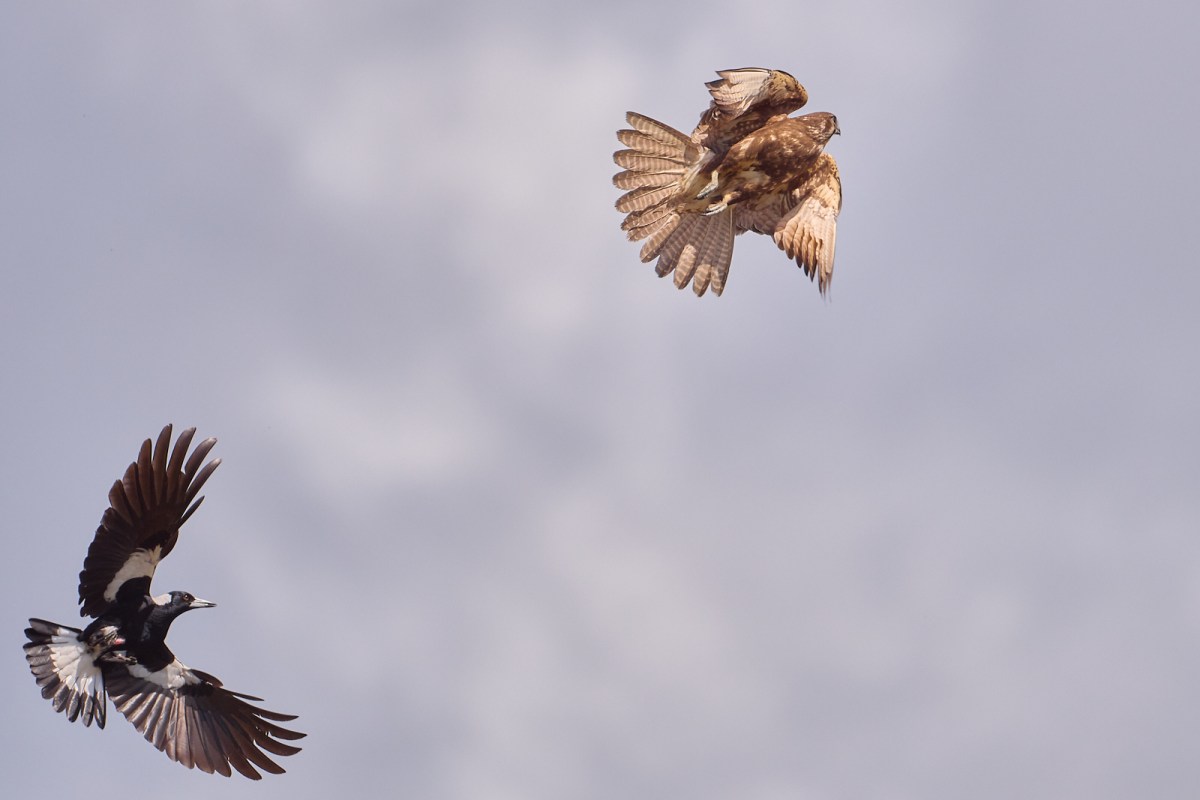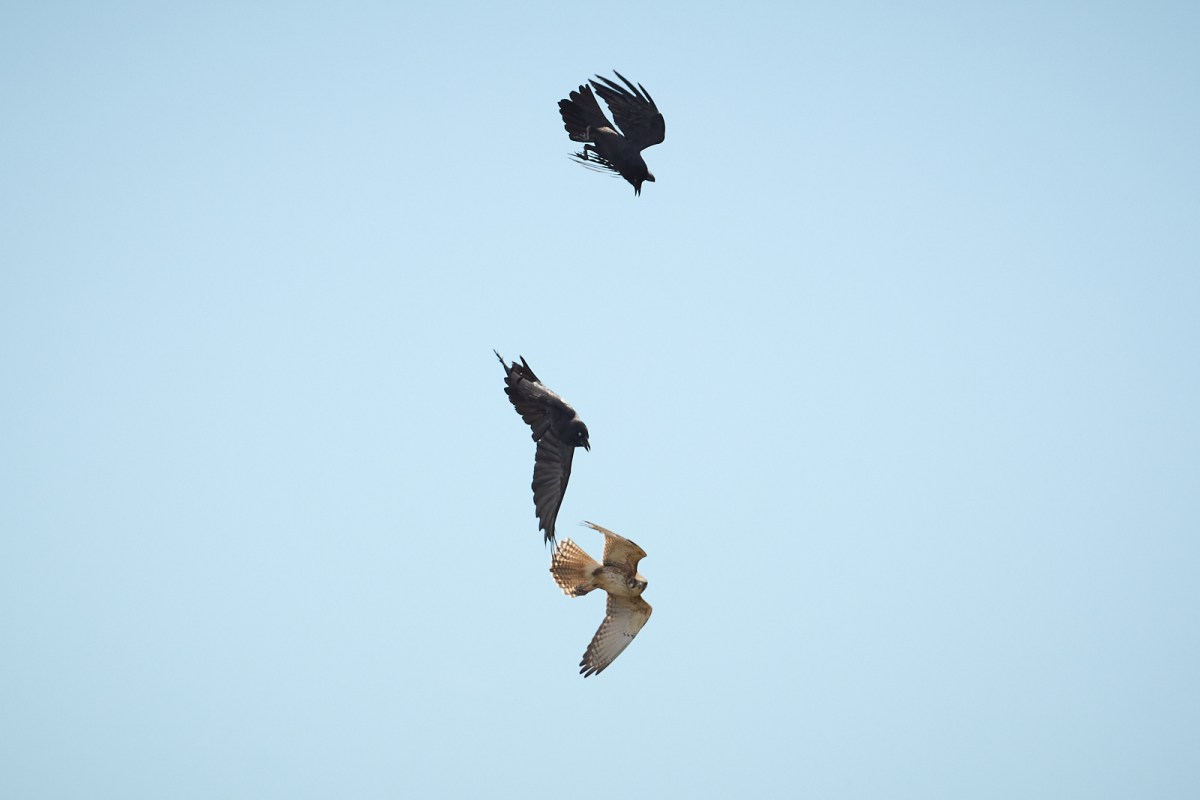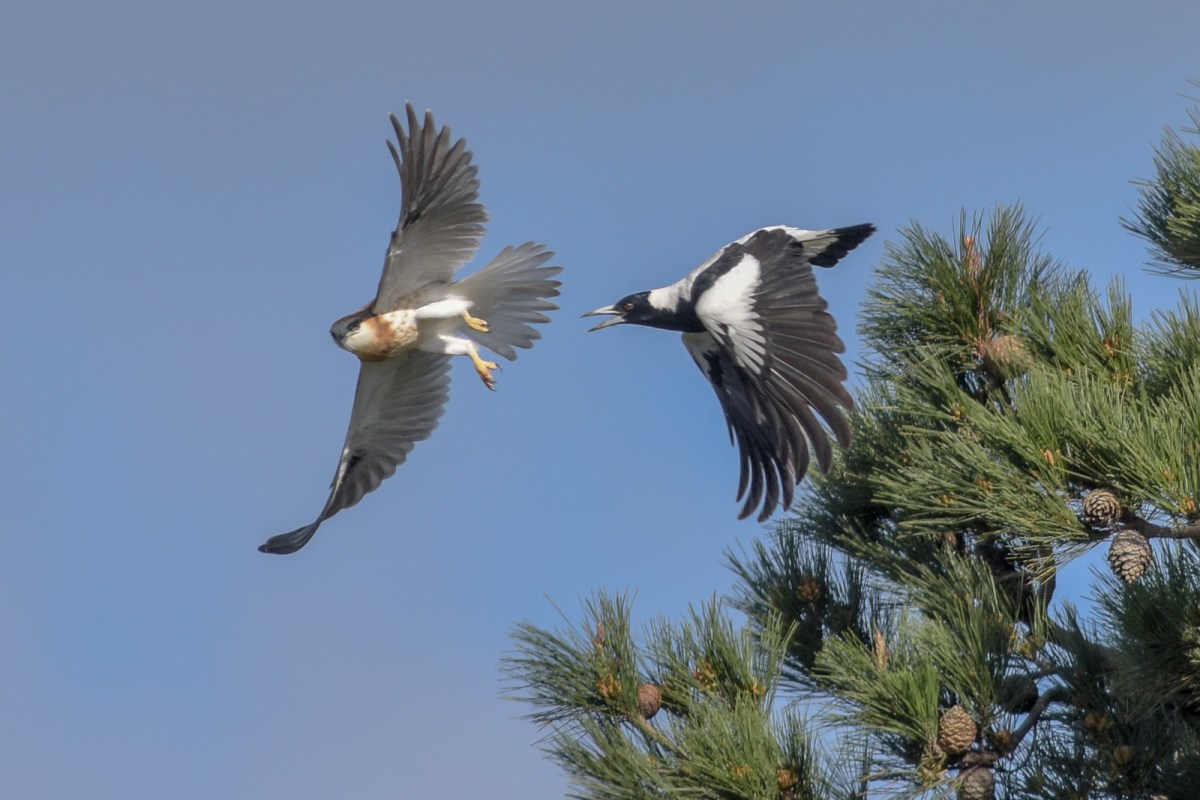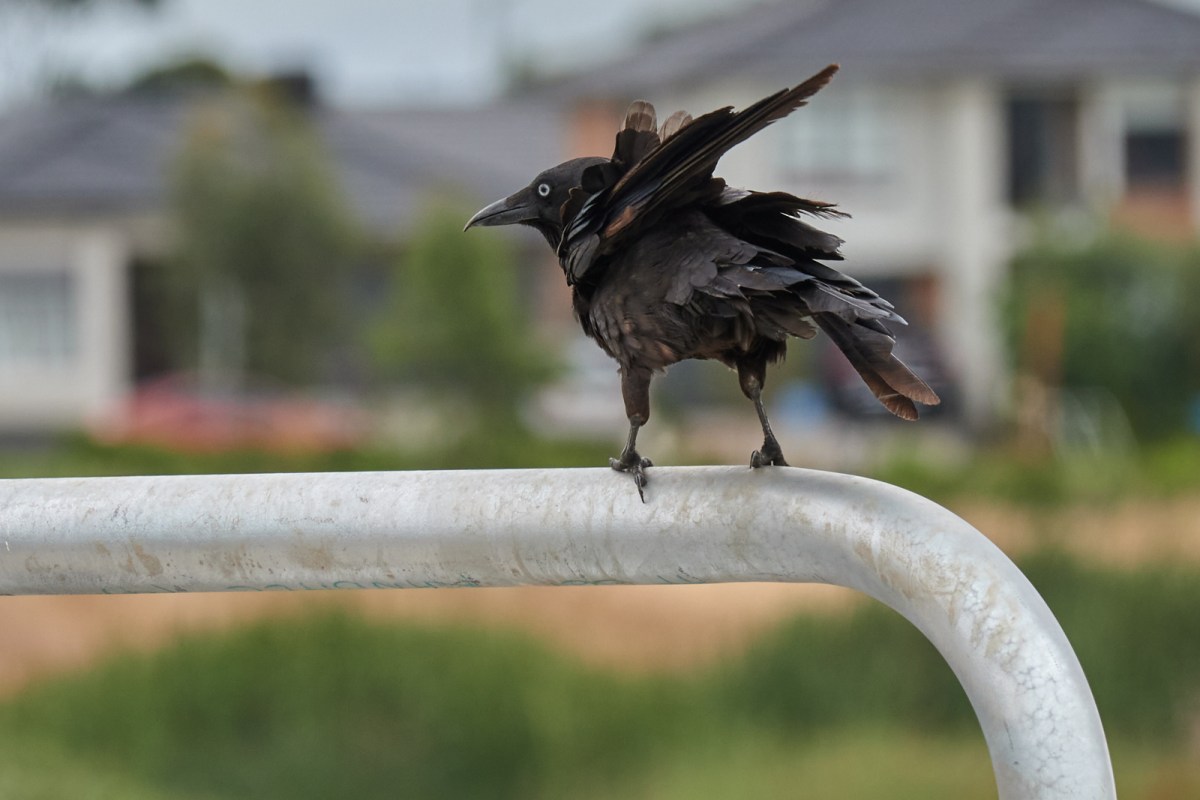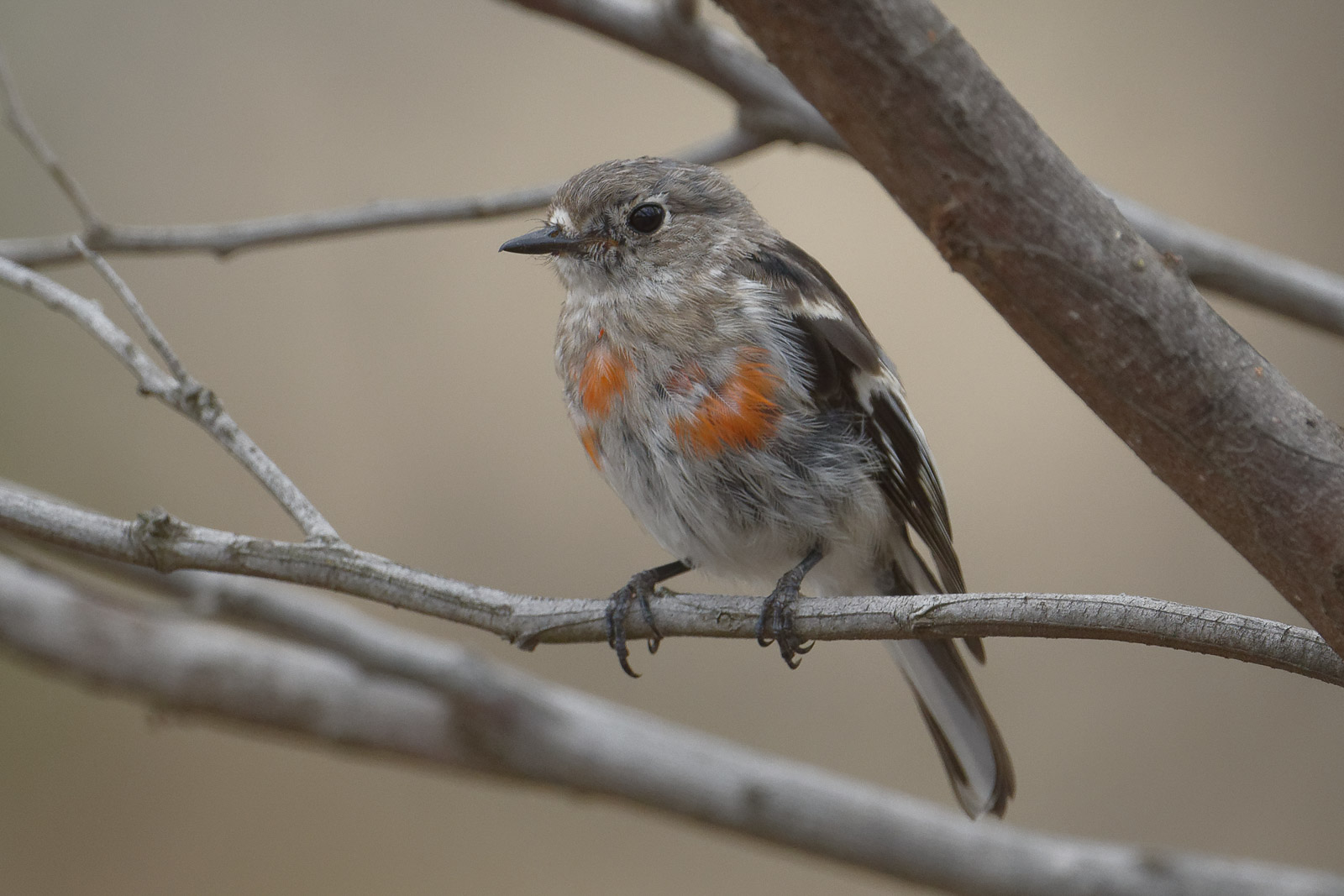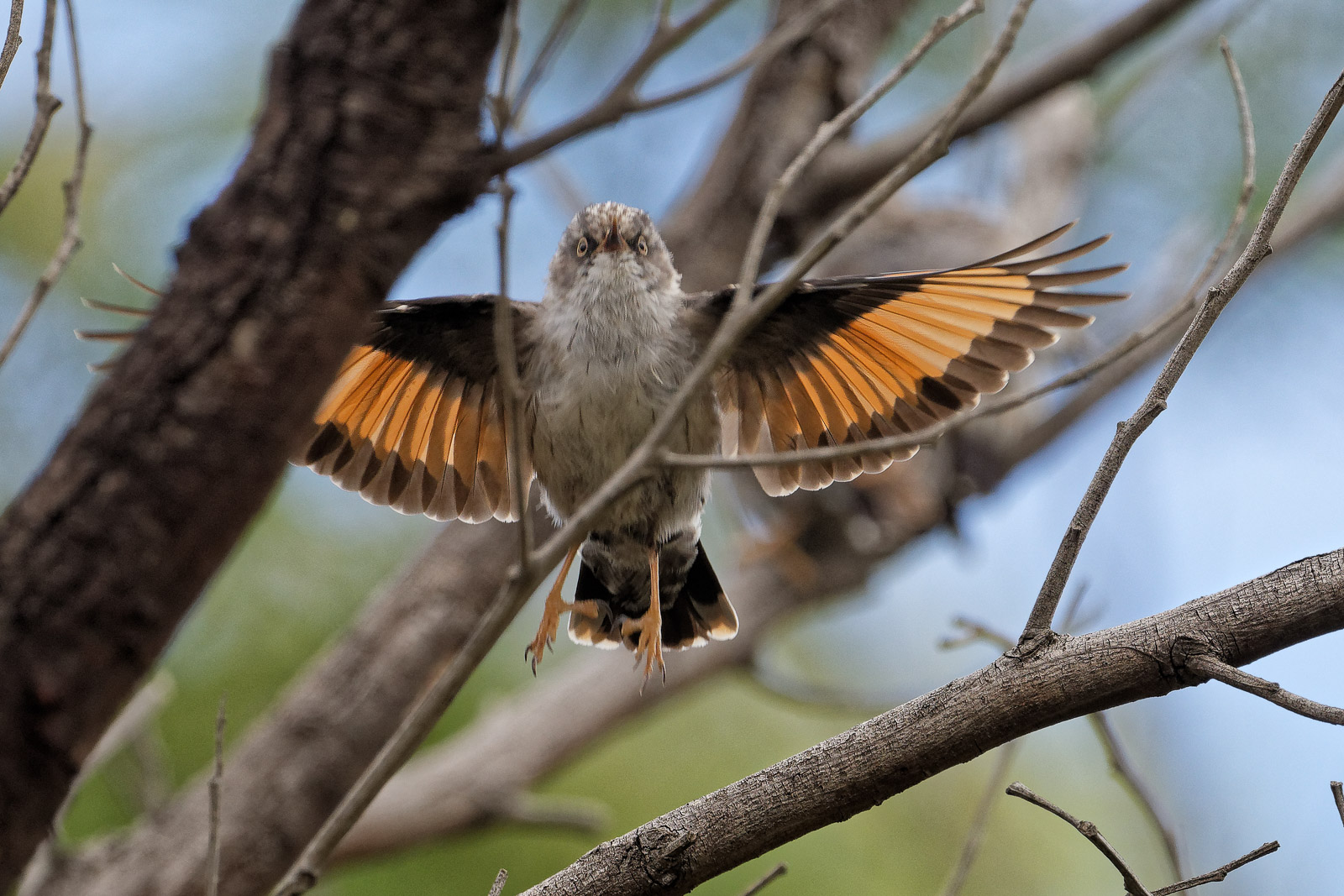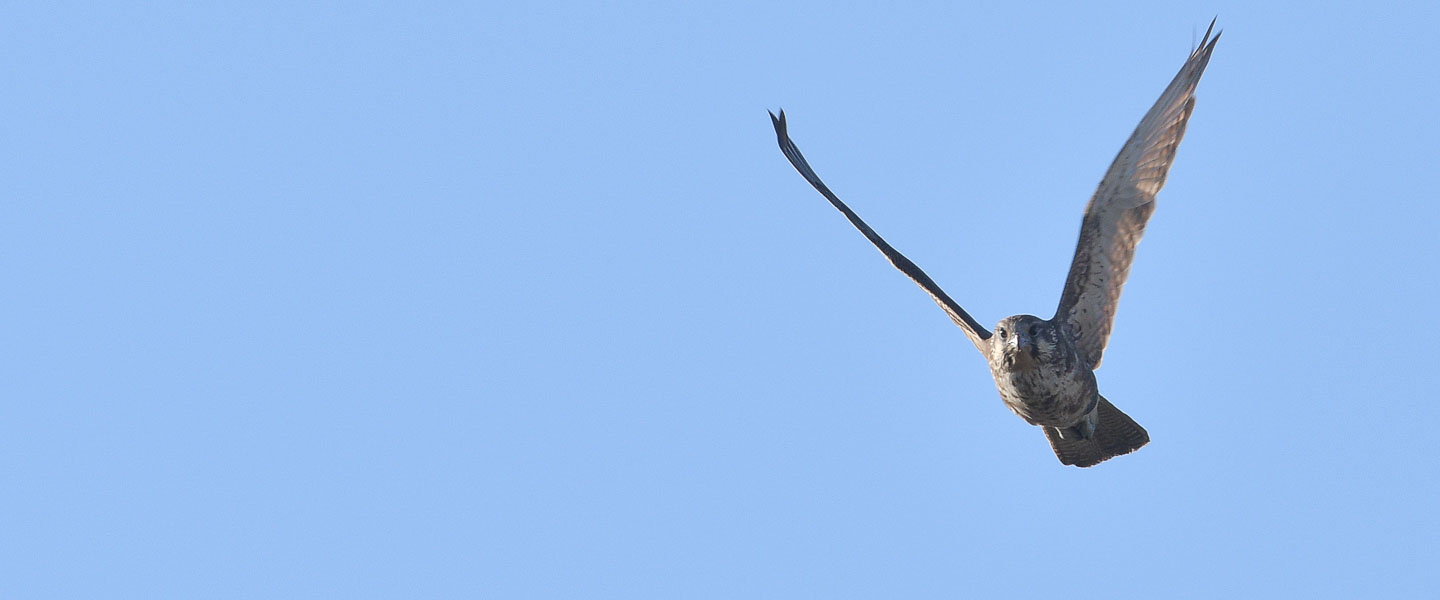We seem to be going through a cycle of seasons at present. Hot one day, cold the next, rinse and repeat.
Some birds that we’ve been following seem to have been completely misled by the changes of season and have already chosen to begin their winter moult.
After a great run of around 10 years, of a number of Black-shouldered Kites nesting pretty much continuously, (not the same pair obviously) the birds seem to have departed all the usual nesting sites.
One pair we followed for about 4 years in the one tree, disappeared over 7 seasons back, and never returned. No other birds have moved into the prime location.
A recent pair has had about 5 clutches—one was completely washed out in appalling weather. Now that the young have become self-reliant, they have left the area, and the female hasn’t been seen for a number of weeks. The lone male is still holding station, but, I suspect if the female has departed then he too will move on soon.
Normally, once the young are ready to fledge, the female leaves the nesting area, and bulks up for the next clutch. If they are going to re-nest, she would normally be back with a month or so. So it might be she has decided enough is enough and is out of the egg-laying business.
As Mr Anonymous was busy with his latest project involving grafting fruit trees, EE and I took off to the You Yangs. On a Robin Mission. But like everywhere it seems, there was little to be seen.
Mind, the day started with its own Warning Will Robertson—Danger Approaching, as we had hardly left home before we came to a fenced off and signposted road telling that we could no longer access the usual road to the Park. Hmm.
After a few turns, U turns, and a check of the GPS, we were back on the highway, bound south for the Park. Really if we’d have known we’d have gone that way to begin with and stopped at Gerry’s for a coffee.
But.
Things didn’t improve at the park. We had headed for a likely Robin spot at “Big Rock Picnic Ground”. But like the Arlo Guthrie song, “Alice’s Restaurant”: There was a big chain and a sign across the access road claiming “Close for Renovations”. (In Arlo’s song it’s for Thanksgiving, for all who know)
So with tail twixt legs etc, we moved on down the road, to another access point that required walking up hill. “Oh, a stroll will do us the world of good,” the ever optimistic EE.
Weather closed over quickly. And after a big loop around Big Rock, we’d only seen a handful of birds. Then a small shape flew into a tree off the track. And I only had the short lens, so not much hope of a great image. And no way to get close as the Bone Seed was impenetrable. As an aside, Koalas, and there are a few in the park, cannot negotiate through the Bone Seed and are prevented from reaching some of the favoured trees.
i made a few frames, in the gloom, and we pondered which Honeyeater it was.
Wrong.
When I viewed it on the screen it appeared to be a Black-eared Cuckoo. A new one for us. And one that is not well recorded in the You Yangs. Bonus.
More walking.
More walking. We changed locations to an area called Fawcett’s Gully. Used to an area that groups kept free of Bone Seed. But the dreadful plant has made a resurgence.
On to the “Seed Beds”. To find this area now overgrown with mostly native plants. But not necessarily endemic ones. The Seed Beds was used after a major bushfire to regenerate plants for replanting in the forest. A lot of the seed came from outside the area.
By now both sets of feet were well and truly sore, and we’d only had three families of White-winged Choughs to amuse us.
Hopefully as the cooler weather settles in and some winter visitors begin to arrive the forest will sing loudly again.
Enjoy.

